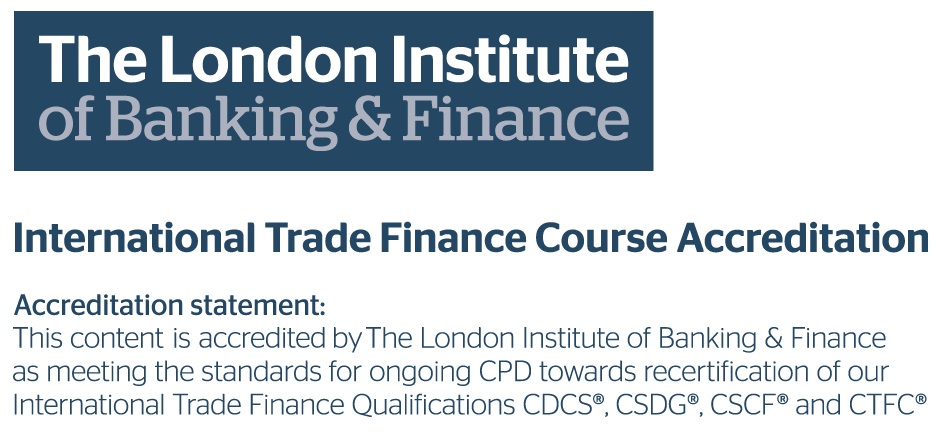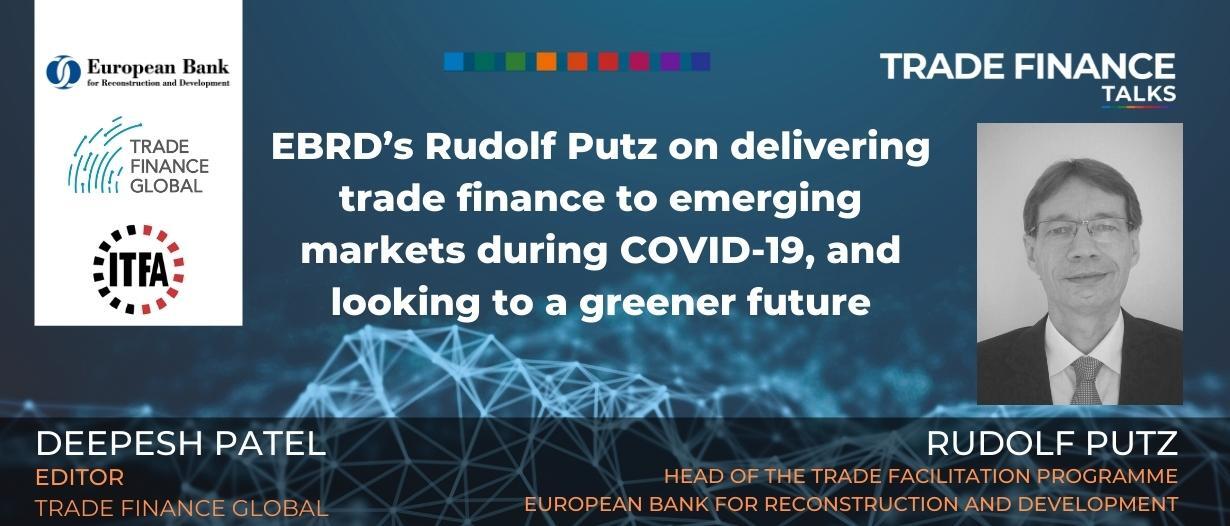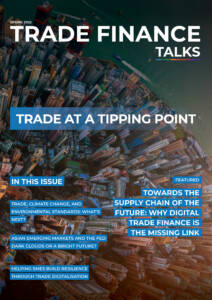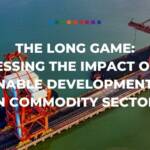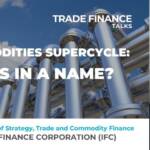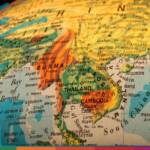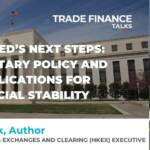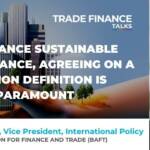Listen to this podcast on Spotify, Apple Podcasts, Podbean, Podtail, ListenNotes, TuneIn
Season 1, Episode 77
Host: Deepesh Patel, Editor, Trade Finance Global
Featuring: Rudolf Putz, Head of the Trade Facilitation Programme, European Bank for Reconstruction and Development
With global trade already back at pre-pandemic levels, it is tempting to say that the global economy has recovered from the COVID-19 pandemic, and that the worst of its upheavals are now behind us.
However, there are also signs that the rebound from the low baseline of the pandemic is losing momentum, as major economies battle the shared headwinds of persistently high inflation, supply chain disruption, labour shortages, and new COVID-19 restrictions.
To ponder what effect these dynamics have had – and will continue to have – on trade finance in emerging markets, there are few better observers to call on than Rudolf Putz.
As head of the Trade Facilitation Programme (TFP) at the European Bank for Reconstruction and Development (EBRD), Putz’s team supports the development of trade finance at partner banks in 30 countries within EBRD’s remit.
Upon its founding in 1991, the EBRD initially covered only Eastern Europe and the Commonwealth of Independent States (CIS) countries, but it has since expanded to Mongolia (2006), Turkey (2009), Egypt, Jordan, Morocco, Tunisia, and Kosovo (2012), Cyprus (2014), Greece (2015), and Lebanon (2017).
Owned by 71 shareholders comprising 69 countries, the European Union (EU), and the European Investment Bank (EIB). EBRD’s core funding is based on capital contributions made by each of its shareholders.
Trends and appetites at EBRD’s Trade Facilitation Programme (TFP)
The EBRD’s TFP aims to promote foreign trade to, from, and within the EBRD regions, and offers a range of products to facilitate trade, including guarantees and cash advances.
In 2020, the COVID-19 pandemic led to a surge in demand for TFP support, with the programme issuing a record €3.3 billion in trade finance that year, driven largely by raw materials and food commodities.
As Putz explains, the early days of the pandemic led to sudden and severe economic contractions in major economies, but somewhat counterintuitively, those initial shocks also led to a surge in demand for trade finance.
“There was a huge demand for additional trade finance, because many supply chains had been interrupted,” said Putz.
“This meant that many trade transactions could not take place, but the contracts were still valid.”
In turn, importers and exporters asked for extensions on delivery periods and payment periods, and, importantly, importers began to keep hold of larger stocks and for longer durations.
This dynamic, as Putz explains, led in part to dramatic spikes in some commodity prices – particularly in oil and grain.
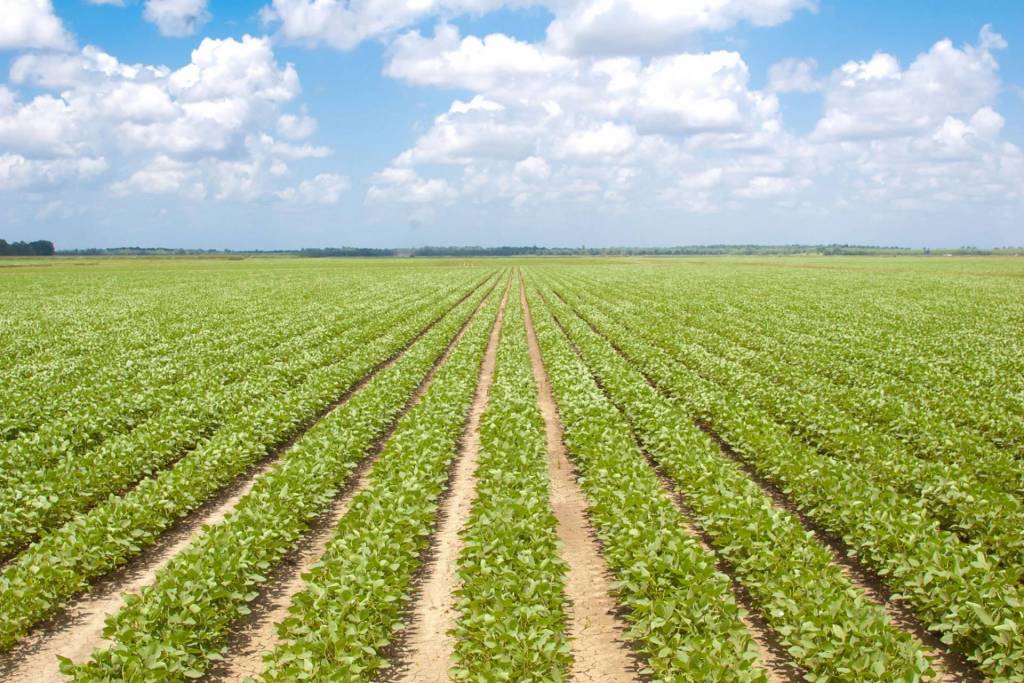
“Some commodity prices increased because of huge demand by traders and importers who wanted to keep higher stocks,” said Putz.
“So, all of a sudden, many importers imported more than they needed, because they expected a further increase in delivery times and further increases in commodity prices, and all of a sudden there was a huge increase in demand for trade finance.”
Interestingly, despite the greater need for trade finance amid the uncertainty of the pandemic, lenders were nonetheless spooked by the increased volatility, and, consequently, their risk appetite went down even as demand went up.
“Lenders became more cautious because they expected that importers and banks, particularly in emerging markets, would be strongly hit by the COVID crisis,” said Putz.
In a sign that the trade finance market is now either flagging or returning to its pre-pandemic stability, Putz said he has seen a decrease in demand during the second half of 2021.
“One of the reasons is because supply chains now work better than they did in the past, and there is less need to keep high stocks of goods,” he said.
“But at the same time, lenders have become more cautious, so there is less demand but also less risk appetite in the market.”
Market agility at EBRD’s TFP
Against a backdrop of market volatility and shifting risk appetite, Putz said that flexibility was – and continues to be – the most important element in TFP’s pandemic response.
“We offer to our partner banks uncommitted trade finance facilities – that means they can use our facilities whenever they need them,” he said.
“And we issue our guarantees only to confirming banks, so that confirming banks can decide on every single transaction – do they need EBRD’s support or not?“
When demand for trade finance increased and exceeded the risk-taking capacities of commercial markets, they immediately asked for more guarantees.
“Our partner banks asked for more financing and post-import financing, so all of a sudden there was more demand in the market.”
At present, the TFP is already seeing less demand for support, driven by less demand from
importers and also lower growth rates in EBRD’s countries of operation.
EBRD’s Green Trade Facilitation Programme (Green TFP)
One final area of priority for EBRD is green finance, which it is promoting through its Green Trade Facilitation Programme (Green TFP).
The Green TFP allows partner banks to use their existing TFP facilities for the financing of imports, exports, and the local distribution of imported green technologies and materials.
Since 2016, the Green TFP has supported almost 900 foreign trade transactions in 22 economies, with a total volume of €675 million.
These investments have led to annual energy savings of 1,513,200 MWh, water savings of 1,681,399 m3, and emission reductions of 605,376 tonnes of CO2 equivalent.
Get in the festive mood by skiing in this great green resort in Serbia!
— The EBRD (@EBRD) December 14, 2021
We helped the public utility company to invest in new snow ploughs in Zlatibor, which cut CO2 emissions and costs.
W/ @eu_near, #WBIF, Austria, @Ener_community. pic.twitter.com/G07eg7pZ80
